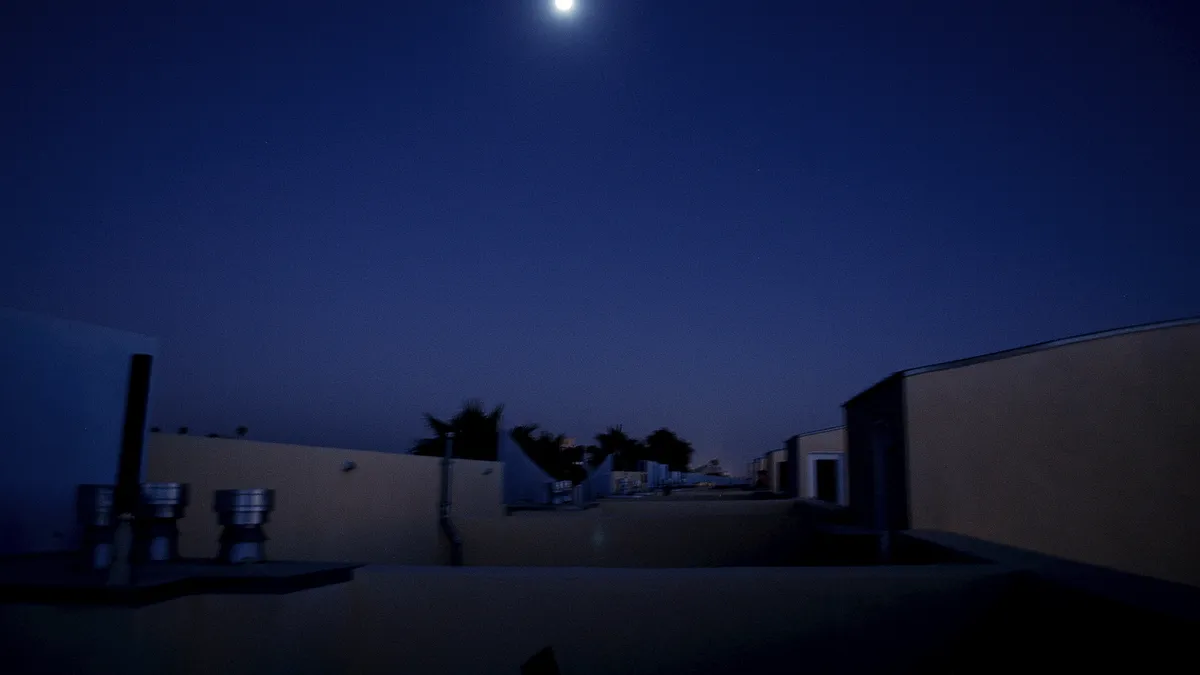The following is a contributed article by Ryan Hledik and Ahmad Faruqui, economists with The Brattle Group.
In mid-August, Californians experienced blackouts on a scale not seen since the energy crisis of 2001. That threat continues as we approach the wildfire season.
Back in 2001, blackouts happened because the retail price that customers paid for electricity did not rise as the cost of providing that electricity increased in wholesale markets. Prices balance demand and supply in markets for most products and services in America.
After the crisis, many economists argued that the time had come to introduce price responsiveness to electricity. For several reasons, it didn't happen.
On Aug. 14-15, the California grid operator resorted to blackouts because a heat wave led to high electricity demand at a time when it was not possible to import power from neighboring states since all of them were facing the same heat wave. Additionally, one power plant unexpectedly shut down and the wind, which powers many generators, stopped blowing. To make matters worse, cloud cover reduced solar generation.
One solution is to build more power plants — some of which would be used only a few hours of the year. There is a better option that would prevent blackouts while saving Californians money.
It's called load flexibility. It doesn't require that customers use less energy. It involves changing when electricity is consumed. That change in electricity consumption could be driven by response to electricity rates that vary by time of day. Or, customers could be paid to allow limited control of certain appliances.
Central air conditioning is the biggest user of electricity during a heat wave. If customers can precool their homes by adjusting their thermostat downwards by a few degrees when prices are low and raise it by a few degrees when prices are high, there will be no need to resort to cut off their power supply. An increasing number of homes have installed smart thermostats that can communicate with the grid and automatically make the necessary adjustments when prices rise. A utility in Oklahoma already has such a program in place.
Similarly, electric water heaters can be automated to communicate with the grid in response to real time conditions, heating the water at the times when it's most beneficial to the power system without risking a shortage of hot water for the customer. Electric vehicles could be charged in a similar manner.
With load flexibility, everyone wins since demand is being controlled voluntarily only during those hours when supply shortages exist, virtually eliminating the need for involuntarily cutting off power. The lights stay on because customers who are in a position to change their consumption of electricity save money by doing so.
Load flexibility can be readily implemented today, unlike the situation in 2001. More and more customers are installing smart thermostats and an increasing number are buying electric vehicles. Many are installing solar panels on their roofs paired with batteries. Similar opportunities exist in commercial buildings and factories.
Blackouts are not an issue just facing California. They are a national issue. For the U.S., our research has found that load flexibility can lower electric bills by $15 billion annually and also mitigate the risk of blackouts.
Flexible load can provide environmental benefits as well. By reducing the curtailment of excess wind and solar output, and responding rapidly to fluctuations in output from these resources, load flexibility can play a key role in the essential transition to decarbonized power supply.
Achieving the benefits of load flexibility will require a significant change in thinking. Regulators should encourage utilities to offer load flexibility. Utilities should educate customers and provide them the financial incentives to modify their load. Grid operators should factor the capabilities of load flexibility into their operations. Only then will we have relegated blackouts to the history books.













